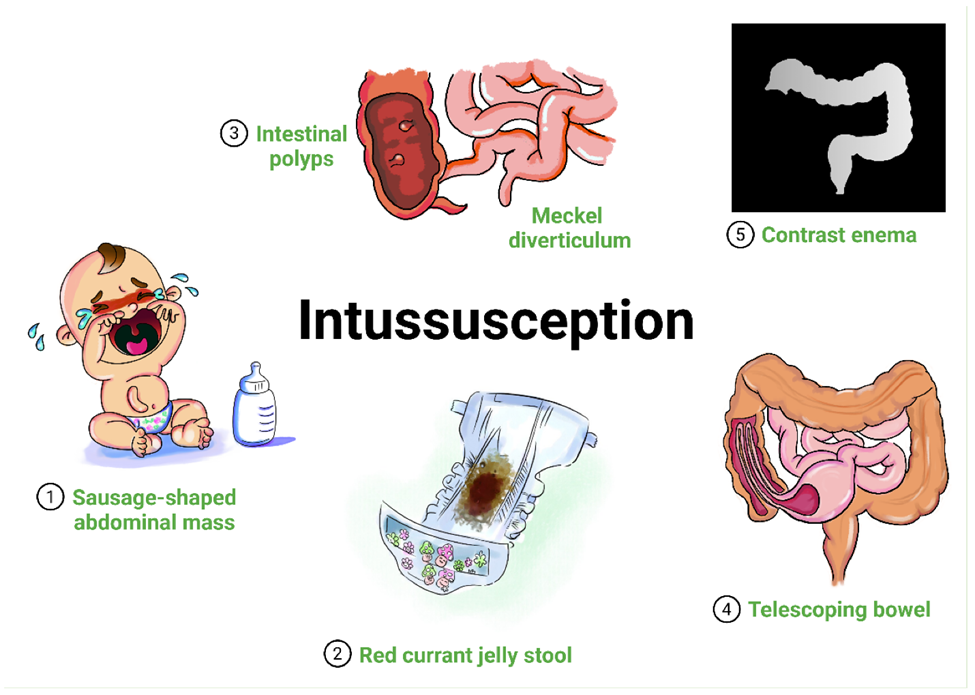An infant with a diagnosis of hydrocephalus is scheduled for surgery. Which is the priority nursing intervention in the preoperative period?
Test the urine for protein
Reposition the infant frequently.
Assess blood pressure every 15 minutes
Provide a stimulating environment
The Correct Answer is B
A. Test the urine for protein.
Explanation: Testing urine for protein is not a priority nursing intervention in the preoperative period for an infant with hydrocephalus. The focus is on preventing complications related to immobility and positioning.
B. Reposition the infant frequently.
Explanation:
Repositioning the infant frequently is a crucial intervention to prevent complications such as pressure ulcers (bedsores). Infants with hydrocephalus may be at an increased risk of skin breakdown due to prolonged immobility and pressure on specific areas. Repositioning helps distribute pressure, improves circulation, and reduces the risk of skin breakdown.
C. Assess blood pressure every 15 minutes.
Explanation: While monitoring blood pressure is important in certain situations, it is not typically the priority for an infant with hydrocephalus in the preoperative period. The focus is on preventing skin breakdown through repositioning.
D. Provide a stimulating environment.
Explanation: While providing a stimulating environment can be beneficial for infant development, it is not the priority in the preoperative period for an infant with hydrocephalus. The primary concern is addressing potential complications related to immobility, such as skin breakdown.
Nursing Test Bank
Naxlex Comprehensive Predictor Exams
Related Questions
Correct Answer is C
Explanation
A. Ribbon-like stools
Explanation: Ribbon-like or pencil-thin stools are associated with conditions affecting the rectum, such as colorectal cancer, but they are not a typical sign of intussusception.
B. Profuse projectile vomiting
Explanation: Profuse projectile vomiting is not a typical sign of intussusception. Vomiting may occur, but it is not the primary characteristic feature.
C. Bright red blood and mucus in the stools
Explanation:
Intussusception is a condition in which one part of the intestine slides into another, causing a blockage. One of the classic signs of intussusception is the presence of "currant jelly" stools, which are characterized by a mixture of bright red blood and mucus in the stools. This occurs due to the compression of the blood vessels in the intestine, leading to bleeding and mucosal discharge.
D. Watery diarrhea
Explanation: Watery diarrhea is not a typical sign of intussusception. The condition is more commonly associated with abdominal pain, vomiting, and the characteristic "currant jelly" stools.

Correct Answer is D
Explanation
A. Sausage-shaped mass palpated in the upper right abdominal quadrant.
Explanation: A sausage-shaped mass in the upper right abdominal quadrant is more indicative of Hirschsprung's disease, not imperforate anus. In Hirschsprung's disease, there is a lack of ganglion cells in the rectum, leading to obstruction and a palpable mass.
B. The passage of currant jelly-like stools.
Explanation: The passage of currant jelly-like stools is characteristic of intussusception, a condition where one portion of the intestine telescopes into another. It is not associated with imperforate anus.
C. Bile-stained fecal emesis.
Explanation: Bile-stained fecal emesis suggests a possible intestinal obstruction or other gastrointestinal issue, but it is not a specific manifestation of imperforate anus. Imperforate anus is primarily characterized by the absence of a normal anal opening.
D. Failure to pass meconium stool in the first 24 hours after birth.
Explanation:
Imperforate anus refers to a congenital condition in which the opening to the anus is absent or improperly formed. One of the clinical manifestations is the failure to pass meconium stool within the first 24 hours after birth. Meconium is the thick, sticky, greenish-black substance that constitutes a newborn's first stools. The absence of meconium passage suggests a potential obstruction.
Whether you are a student looking to ace your exams or a practicing nurse seeking to enhance your expertise , our nursing education contents will empower you with the confidence and competence to make a difference in the lives of patients and become a respected leader in the healthcare field.
Visit Naxlex, invest in your future and unlock endless possibilities with our unparalleled nursing education contents today
Report Wrong Answer on the Current Question
Do you disagree with the answer? If yes, what is your expected answer? Explain.
Kindly be descriptive with the issue you are facing.
